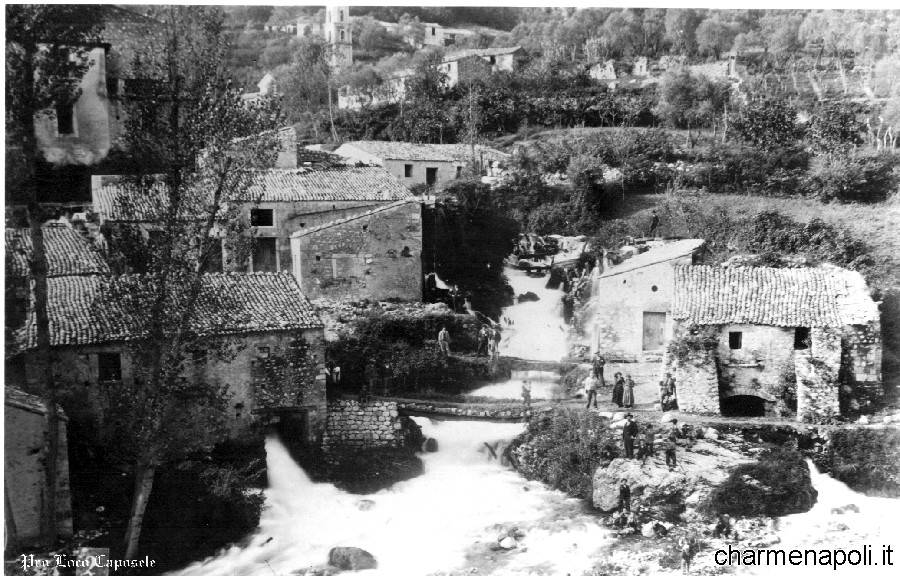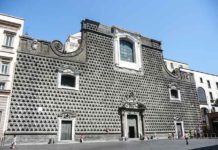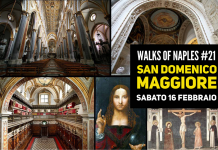In their poems and histories, Homer, Virgil, Pliny and Strabo all mention the Sele, the second longest river in CampaniaIt springs from MountCervialto near the town named after its source, Caposele, in whose lush, green countryside numerous springs supply the world’s longest aqueduct and the river Sele begins its 64km journey to theGulf ofSalerno. A picturesque town of water, woodlands and narrow lanes winding down from Balvano castle, Caposele is also well-known for the Mater Domini church and as the resting place for the relics of St Gerard, one of southernItaly’s most venerated saints who died here in 1732. According to tradition, Caposele was founded by Roman soldiers during the Samnite wars, a belief partly corroborated by archaeological relics found on Mount Oppido and now on view in the Archaeological Museumin Avellino. However, another theory suggests the first village was built by Greek settlers from Posidonia (Paestum) who followed the Sele upstream and gave names to the river and the mountain where its springs are located.[charme-gallery] One thing is certain: the first settlers in Caposele built their dwellings beneath the ridge near the small lake that feeds the river itself. Caposele clearly shows its medieval origins and the imprint of the various dynasties that ruled thekingdom of Naples. Under the Norman kings, the town became a fiefdom of Philip of Balvano, who built the massive fortress around which the town later grew and which witnessed the marriage of Margaret of Aragon. Under the Aragonese, part of the town was donated to the humanist Jacopo Sannazzaro and, in 1494, it achieved the status of “Universitas”. Caposele is a town with two hearts and two souls. On the one hand, the historic centre with its castle and alleys; on the other, the Capo Fiume district with its numerous buildings dotted along the flanks ofMountPaflagone. The work conducted in the 1900s to channel the springs into the water supply network significantly modified the urban fabric and new buildings sprung up, giving a more homogenous look to this beautiful town in the mountains of Irpinia.

 Italiano
Italiano














